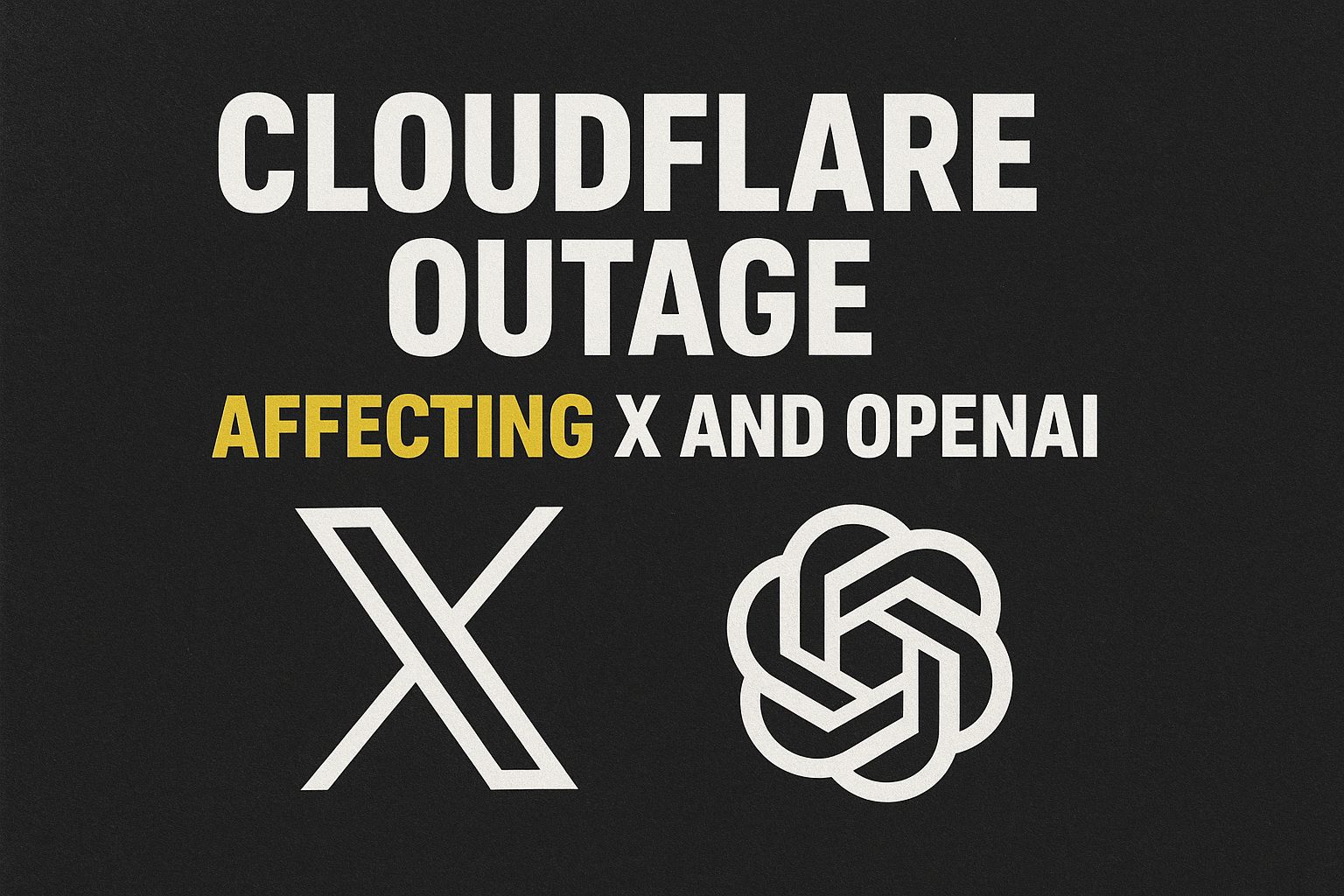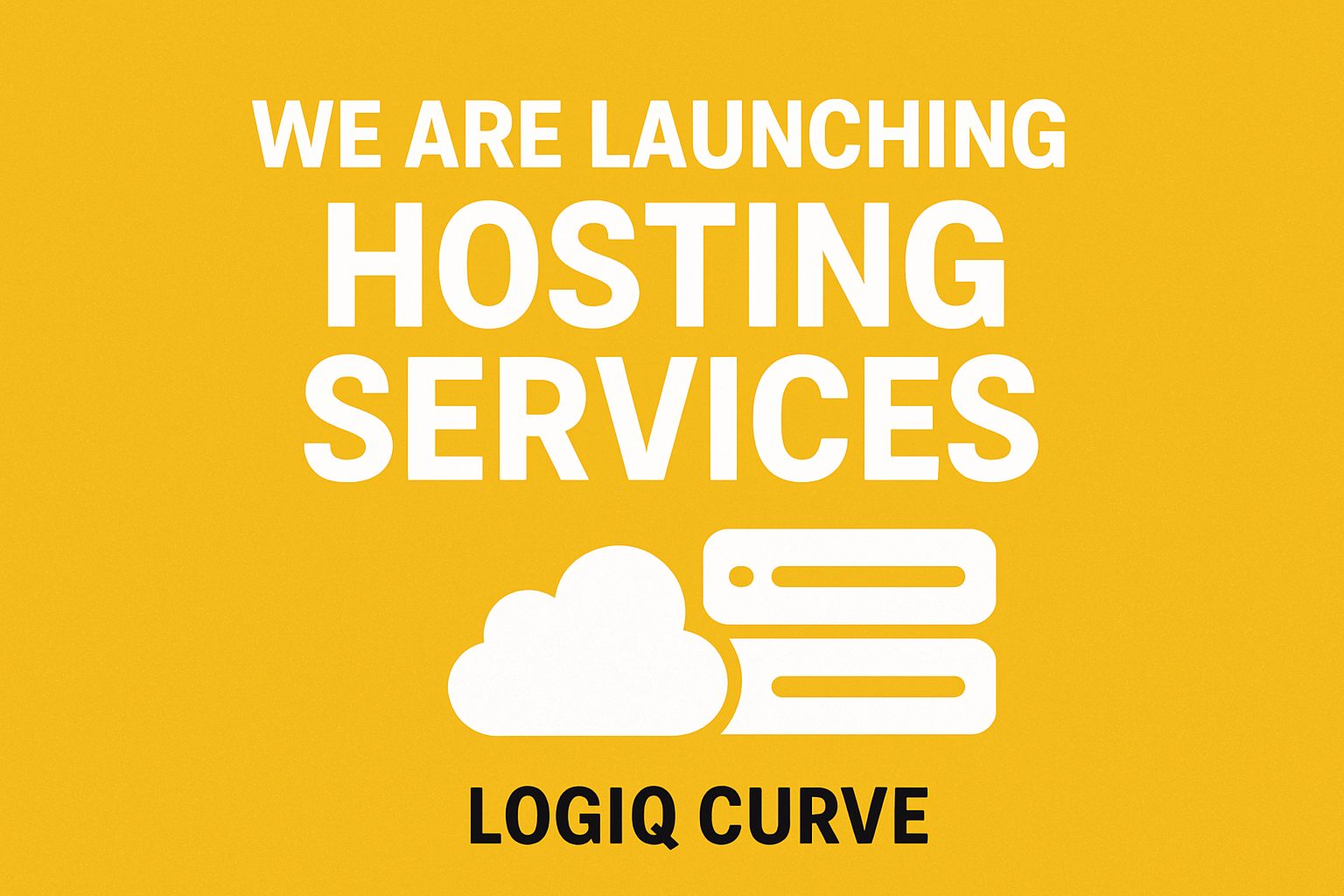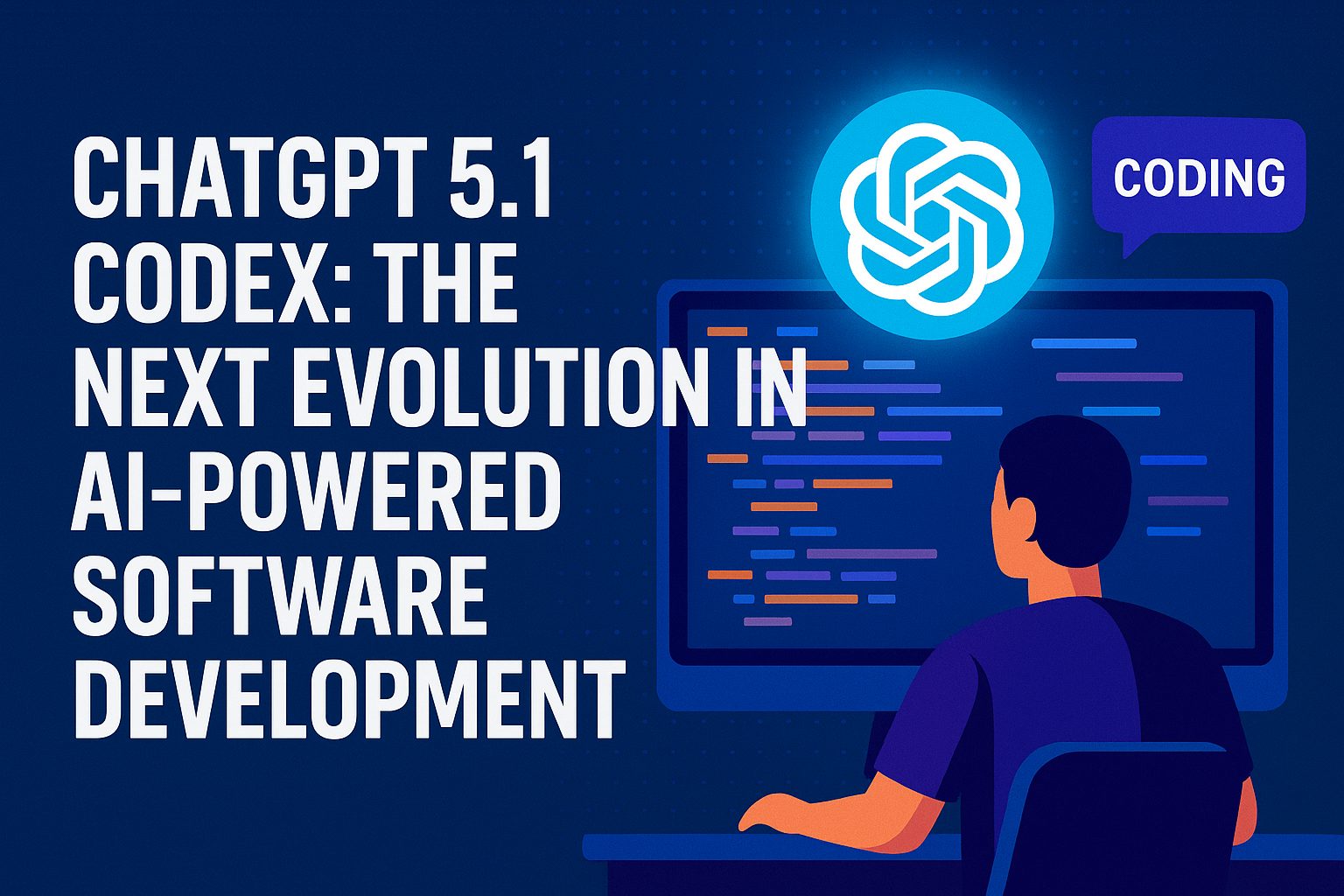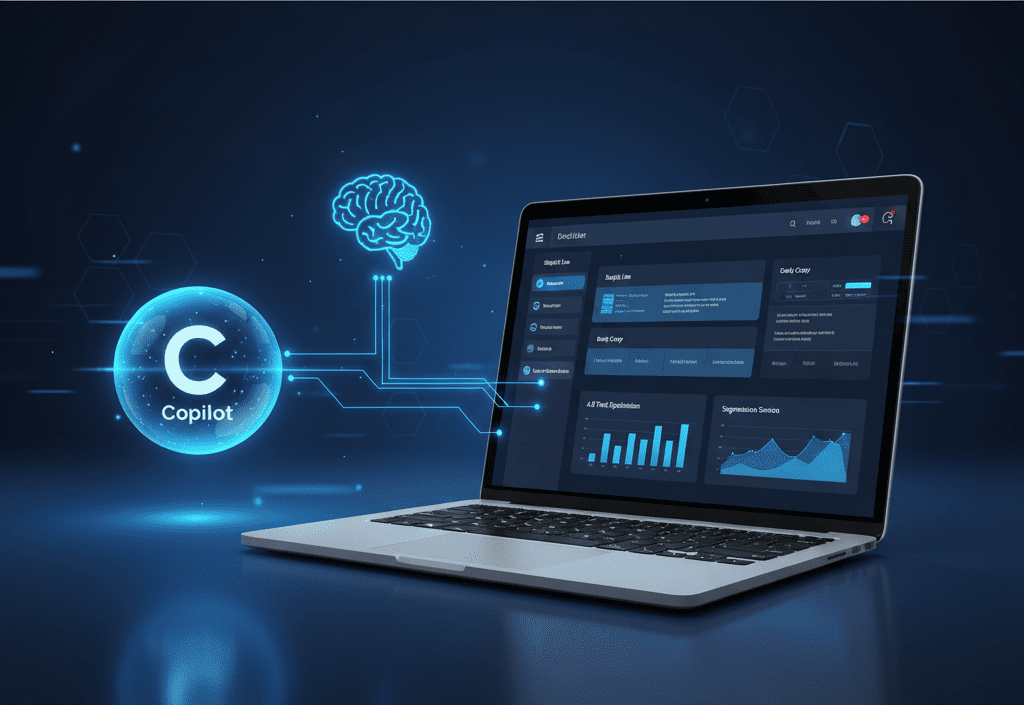A sudden Cloudflare outage recently disrupted major online platforms, including X (formerly Twitter) and OpenAI. The interruption sparked global concern as millions of users experienced delays, connection failures, and service instability. Although outages are not new, this incident reminds us how dependent modern digital ecosystems are on critical infrastructure.
Understanding the Cloudflare Outage
Cloudflare provides essential services that help websites stay fast, secure, and available. When Cloudflare suffers an outage, countless websites feel the impact instantly. This event triggered widespread disruptions. Many users could not access X or interact with OpenAI tools. The sudden downtime caused confusion and raised questions across social media.
The outage affected network routing and DNS functions. These systems help users connect to websites. When they fail, platforms cannot load correctly. As a result, users face error messages, slow responses, or complete inaccessibility.
How the Outage Disrupted X
X relies heavily on Cloudflare for performance and protection. During the outage, users struggled to refresh feeds or send messages. Some saw blank timelines. Others received connection errors. The experience varied, yet the frustration remained consistent. The disruption highlighted how even powerful platforms depend on third-party infrastructure.
X’s engineering team quickly acknowledged the issue. They assured users that the outage came from Cloudflare and not from the platform itself. Their update helped reduce confusion while engineers waited for Cloudflare’s recovery.
Impact on OpenAI Services
OpenAI products, including ChatGPT and developer APIs, also experienced interruptions. Users reported slower responses. Some tools failed to load entirely. Developers relying on OpenAI’s API faced delays in their applications. The outage created temporary challenges for businesses using AI-driven workflows.
OpenAI clarified that the root cause was the Cloudflare failure. Once Cloudflare stabilized its systems, OpenAI services gradually returned to normal. This event reminded companies that even advanced AI platforms rely on shared global networks.
Why These Outages Have a Bigger Impact Today
The world depends on digital services more than ever before. A single infrastructure issue can disrupt communication, productivity, and business operations. Platforms like X and OpenAI serve millions of users across the globe. When they slow down or go offline, the ripple effect becomes significant.
Cloudflare manages a large portion of the internet’s traffic. This makes their infrastructure critical. Although they maintain strong systems, no network can guarantee 100% uptime. Outages can still occur due to configuration errors, cyber incidents, or system overload.
What Businesses Can Learn from This Incident
Companies must understand that relying on a single provider increases risks. Redundancy helps reduce downtime. Monitoring tools are also essential. They allow teams to detect and respond to issues faster. Organizations should prepare backup strategies to maintain essential operations during outages.
Clear communication is equally important. Both X and OpenAI informed users quickly. Their timely updates helped maintain trust and prevented confusion.
Cloudflare’s Response and Recovery
Cloudflare acted fast once the issue was detected. Their team worked to restore routing, DNS, and server connections. As the systems recovered, affected platforms came back online. Cloudflare also shared technical explanations to maintain transparency.
Their rapid response minimized long-term damage. However, the incident still sparked discussions about internet reliability and the need for robust failover planning.
Conclusion: A Reminder of Internet Fragility
The Cloudflare outage affecting X and OpenAI underscored a critical truth. Even the most advanced digital platforms depend on underlying infrastructure. When that infrastructure suffers an issue, global disruptions follow.
Although the outage was temporary, it showed how connected the modern web has become. With strong planning, improved redundancy, and clear communication, companies can reduce the impact of future disruptions.
The incident may be over, but the lessons remain valuable for businesses, developers, and users worldwide.







